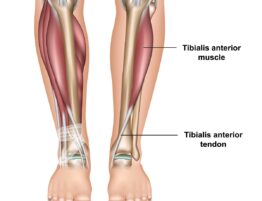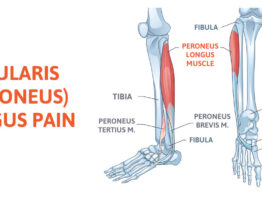
One of the most debilitating problems is arthritis in the ankle joint. This can be caused from overuse or just getting older (wear and tear). It can also be caused by previous injuries including an old ankle fracture or repetitive ankle sprains. In both situations the cartilage that lines the joint may become damaged to the point of almost having bone rubbing bone in your joint. Ouch!
“But doctors don’t understand!”
I hear that a lot from my patients. They come in frustrated as they have been told to exercise more. Maybe they are overweight, maybe they need to better control their diabetes. And they are motivated! But, the pain is stopping them. It’s a vicious circle.
More exercise=More pain.
Many feel they are not being listened to. And yes some think that your feet and ankles are supposed to hurt, that’s just what happens. They may have been dumbed down by all the drug marketing to the point they assume that if something below the knee hurts and a drug doesn’t help, then there may be nothing that can be done. Sound crazy? Well, sadly, it’s becoming a more common mind set.
Major surgery or living with it are the only options patients are getting!
Regarding ankle arthritis: the common approach in severe cases are the options of replacing the joint, just like replacing a hip or knee joint, or fusion of the joint. Both are major surgeries.
On the one hand, ankle joint replacements may not be as successful as replacing a hip or knee. On the other hand, ankle fusion leaves one with a stiff ankle that no longer moves, and a much altered walk.
Stop- consider a simpler, less painful solution.
Before you take the last step to replace or fuse a joint with all the potential risk consider deinervation of the joint. Simply stated this means getting rid of the nerve or nerves that send messages to the brain telling it the joint hurts. The area where the nerve or nerves are removed is just above the ankle.
We have been doing this surgery for 2 years, and our success rate is very high! Patients are able to walk immediately, or within just a few days. I must stress, we don’t remove nerves that would make the joint weaker, but simply remove branches that give the joint sensation. We have seen very rewarding results, and if it fails there is still the option to have the ankle replaced or fused. Patients who had given up are now being active with very significant reduction of pain, and now with no more drugs!
Don’t let the thought of a major surgery stop you from getting better! Just remember, before you fuse or replace consider this simple, proven procedure and simply deinvervate.









1 Comment
Rod Granger
April 24, 2016
OK, cousin Jim, you have touched a nerve… literally. I have arthritis in my right ankle. So your article on fusion or replacement caught my attention. I am not sure the discomfort has reached the level where I would think about a fusion or replacement. In the morning I have some stiffness/discomfort, enough to make me limp for the first few minutes. It usually loosens up, and I am not aware of it the rest of the day. However, if I do a little jogging, or some hard walking on a treadmill, then the next morning I really notice it. I normally do not take any medications for the pain.
Nevertheless, I would not mind on cutting down on the discomfort, or even do some jogging. But it seems like cutting pain nerves to the brain, is still ignoring the underlying problem in the joint, and could lead to more immobility later on with no nerve signals on when to treat it.
Write a comment: